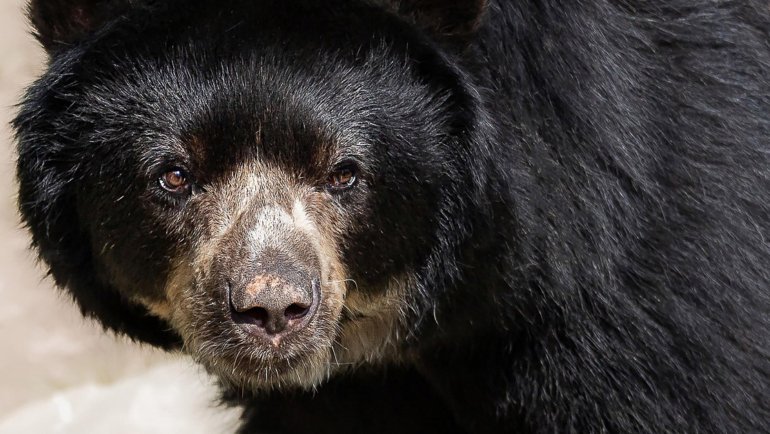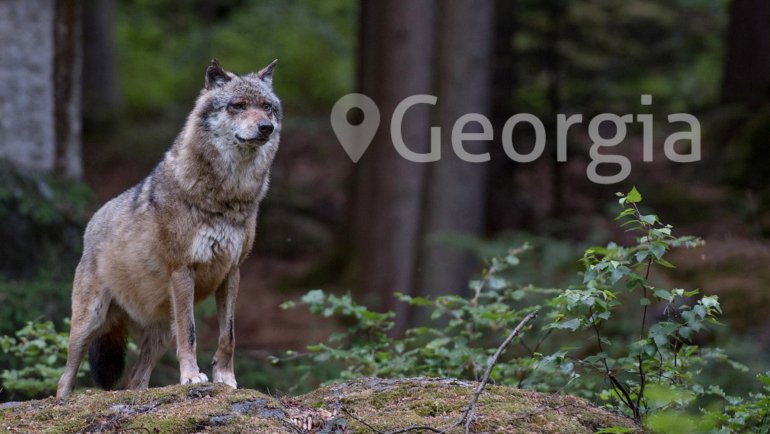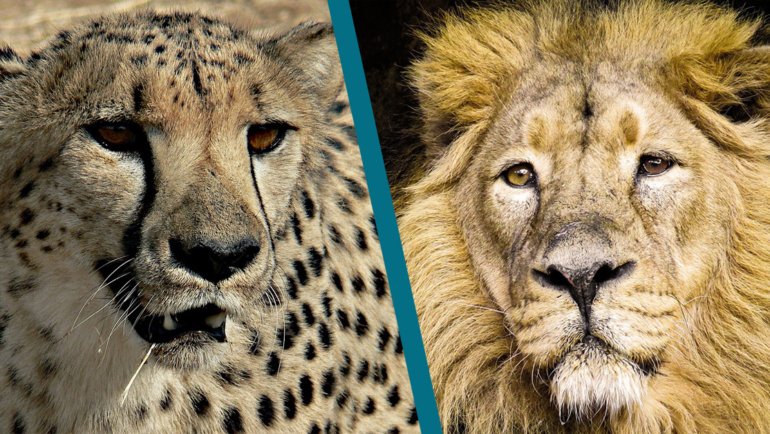Many people mistakenly believe that deer are less likely to become endangered because of their abundance and wide range of habitats worldwide. This idea, however, couldn’t be further from the truth.
Several deer species fall within the species in danger of extinction category, while others, such as the Irish elk/giant deer, have already become extinct.
Therefore, this article aims to address the issue by informing you of the most critically endangered and currently extinct deer species, with the hope that the information will encourage people to consider conservation measures that will protect the existence of these mammals.
Rare And Endangered Deer Species
Deer are also called “docile animals” because they are generally calm and gentle. Unfortunately, people like to hunt them for various purposes, such as recreation, trophy hunting, or food.
As a result of these practices, several deer species have become endangered. Below is a comprehensive list of ten rare and endangered deer species:
1. The White-tailed Deer

The U.S. legislation known as the Endangered Species Act has categorized white-tailed deer (Odocoileus virginianus) as endangered.
Although the mammal is one of North America’s most common and prolific game animals, it is also prevalent in Australia, New Zealand, and Central America.
Populations of white-tailed deer have significantly decreased due to habitat degradation brought on by urbanization. Due to poaching, poaching, and fatalities from car accidents, deer populations in some parts of the United States with high human population levels have been drastically reduced.
2. Mule Deer
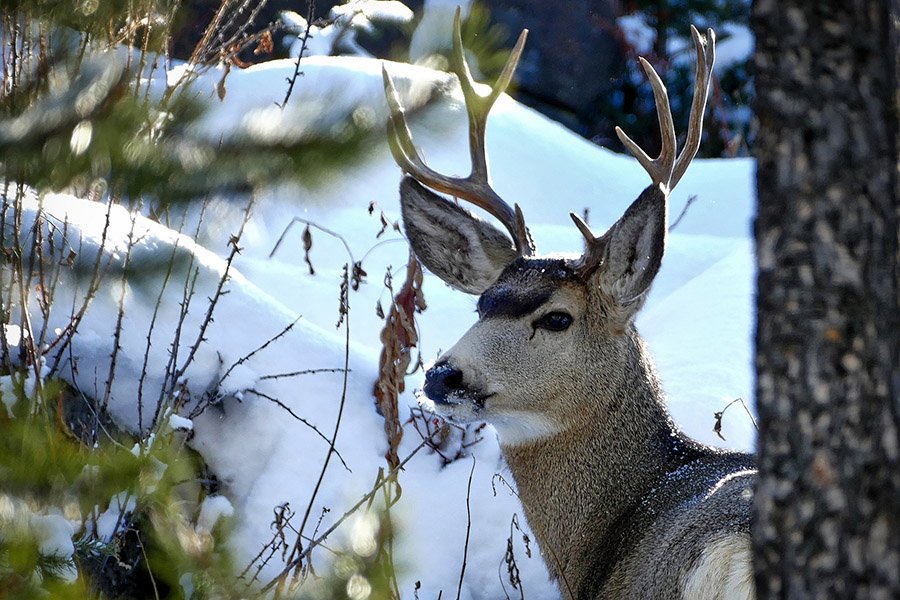
The Northwest of the United States is home to the mule deer (Odocoileus hemionus), which favors the country’s rugged terrain.
The survival of this species is facing a significant threat due to musk hunting, climate change, and deforestation occurring in its natural habitat.
3. Père David’s Deer
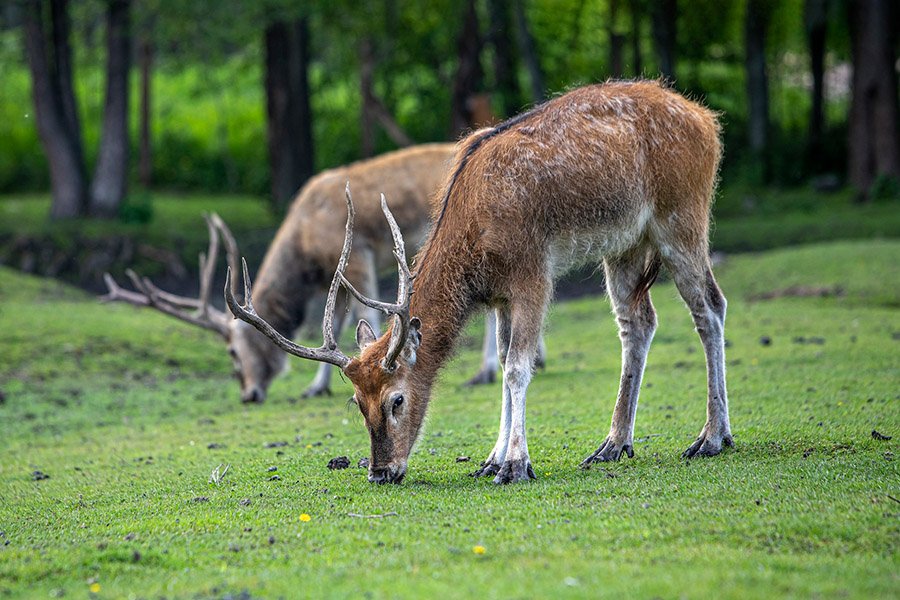
The milu or elaphure, also known as the Père David’s Deer (Elaphurus davidianus), is a species of Asian deer once considered extinct in the wild.
Fortunately, over 40 years ago, the creatures were successfully brought back to their initial river basins in China.
China’s river plains are home to over 50 herds, totaling at least 2400 wild animals. Despite their achievements, the fragile populations face many difficulties, including the threat of illnesses and a lack of collaboration in conservation efforts.
Despite being reintroduced, the Père David’s Deer is still among the IUCN Red List of “Extinct animals in the Wild” as of 2016.
4. Bawean Deer

Often known as the Bawean hog deer or Kuhl’s deer (scientific name is Axis kuhlii), this mammal is a rare island-dwelling species. They only exist on Bawean, an Indonesian island in the Java Sea that is small and relatively remote.
The Bawean deer population is declining since only 200 to 500 of these species still exist in the wild, and they all reside in a single, non-fragmented area on the island’s western side.
The species is deemed “Critically endangered” by the IUCN Red List, according to an assessment conducted in 2014.
5. Giant Muntjac
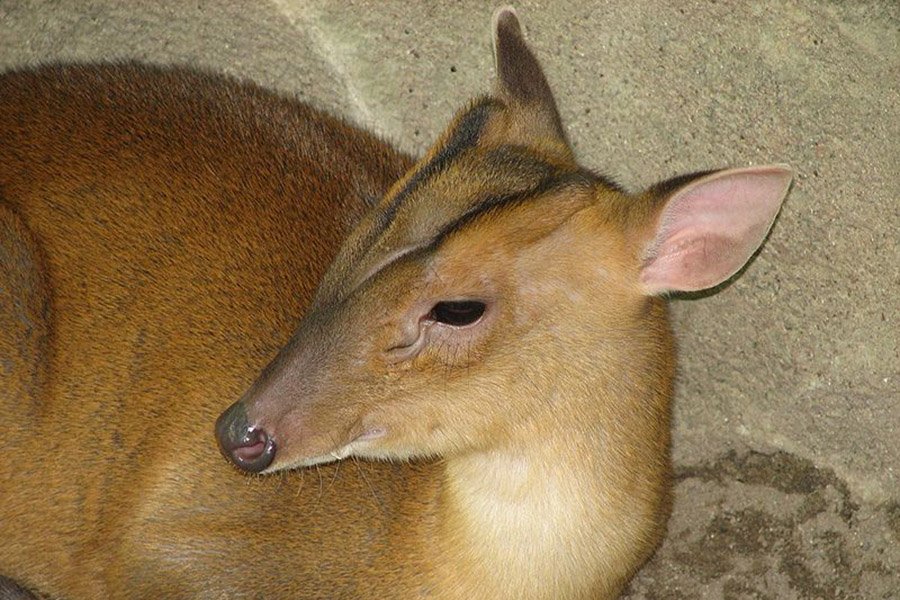
Vietnam, Laos, and Eastern Cambodia are home to the Giant Muntjac (Muntiacus vuquangensis), commonly known as the Large-Antlered Muntjac. The Annamite Mountain ridge and its surrounding hills serve as its natural habitat.
Because they are rarely seen in the wild, these muntjacs species have grown into almost mythological figures. Regrettably, the creatures frequently fall prey to snaring traps, a popular hunting type in Southeast Asia.
But slash-and-burn agriculture is mostly to blame for their dramatic reduction. According to the IUCN Red List, The Giant Muntjac is a “Critically Endangered” species.
6. Persian Fallow Deer
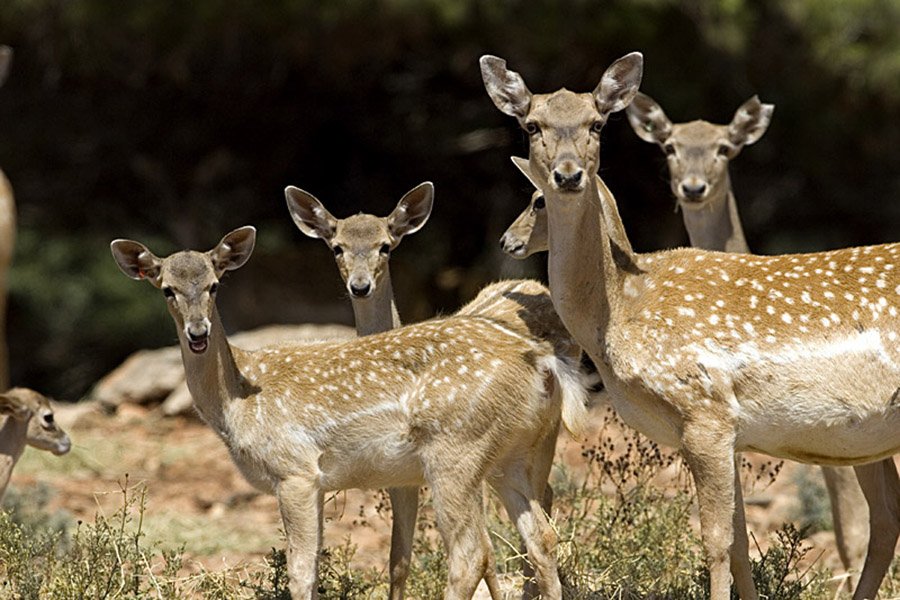
The Persian Fallow Deer (Dama mesopotamica), commonly called the Mesopotamian Fallow Deer, is an endangered species native to Iran. In the past, the deer roamed a wide area of the Middle East, reaching as far as Jordan and Turkey.
A recent wild animal reintroduction took place in Israel, where a relatively small population is now thriving. Overall, the population increased from only a few individuals to well over 1100 individuals as of 2015.
The critical factor making common deer species unsafe from humans is that these grazing animals frequently become casualties of road accidents.
Despite progressively recovering from its decline, the Persian Fallow Deer is still classified as “Endangered” by the IUCN.
7. Calamian Deer
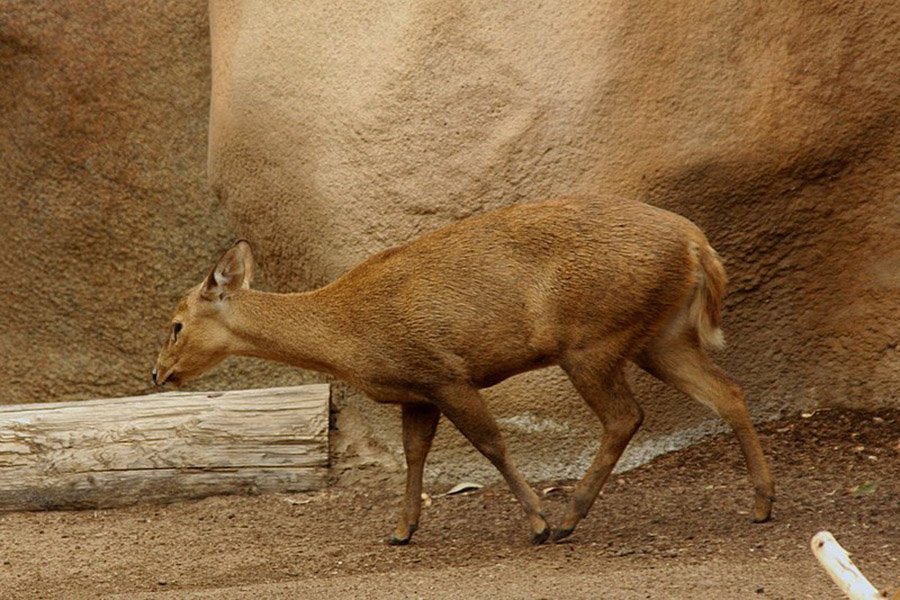
The endangered Calamian Deer (Axis calamianensis), also called the Calamian Hog Deer, is found in the province of Palawan. The IUCN has classified this species as “Endangered” after analyzing the species’ status in 2014.
8. Visayan Spotted Deer
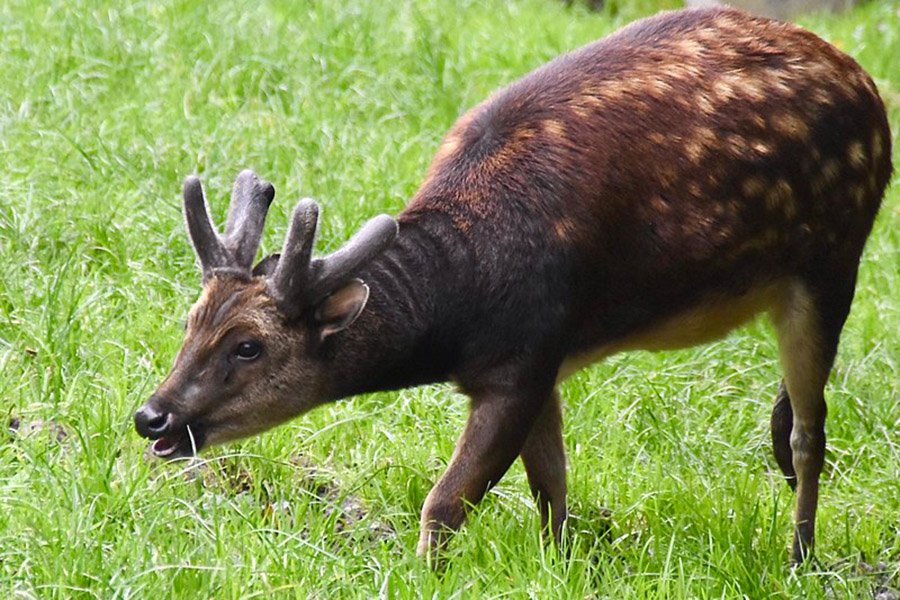
Another critically endangered deer species indigenous to the Philippines is the Visayan Spotted Deer (Rusa alfredi), sometimes known as the Philippine Spotted Deer or Prince Alfred Deer. In the IUCN Red List, they are also part of the “Endangered species.”
9. South Andean Deer

The South Andes Deer (Hippocamelus bisulcus), often referred to as the Patagonian Huemul, Southern Guemal, or Chilean Huemul, is a deer species native to the mountains of Patagonia and is at risk of extinction.
The South Andean Deer has a declining wild population and is also among the “Endangered” species list by the IUCN Red List.
10. Water Deer
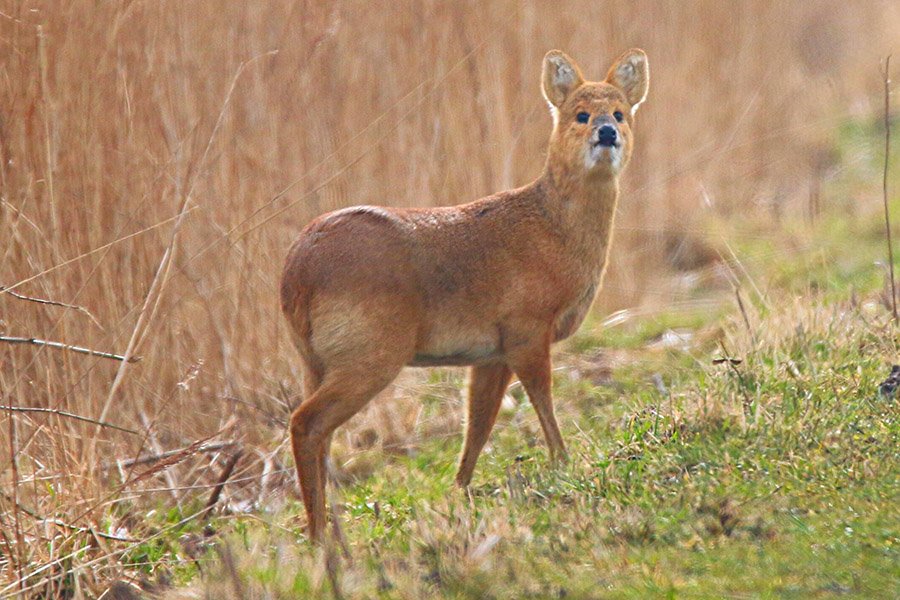
There are two subspecies of water deer, the Chinese and Korean water deer, which are native to these two nations, China and South Korea, respectively.
Due to its lack of antlers, the Chinese water dear stands out from other deer in the Cervidae family. Instead, it has two projecting tusks that give it a vampire-like look. The tusks extend and can grow to be two inches long.
Little numbers of the threatened deer species exist in the U.K. and France, even though they are native to South Korea and China. The deer were initially brought to the U.K. and France as captive animals, but some escaped from captivity and have succeeded in procreating in the wild. They are known to be great swimmers.
There is a valid reason why the Chinese water deer is an endangered deer species. Only about 10,000 of these exquisite animals are still in the wild worldwide.
The primary cause of this population decline is hunting, which has caused it to be labeled as a “Vulnerable” animal species on the IUCN Red List.
Are Deer Going Extinct?
In general, the entire deer population isn’t considered endangered nor in danger of becoming extinct because there are many distinct species located in diverse habitats globally.
However, it’s essential to note that several deer species have already become extinct, and as we’ve already seen, the ten mentioned deer may experience the same fate if conservation measures are not adopted to save them.
Extinct Deer Species
1. Schomburgks Deer
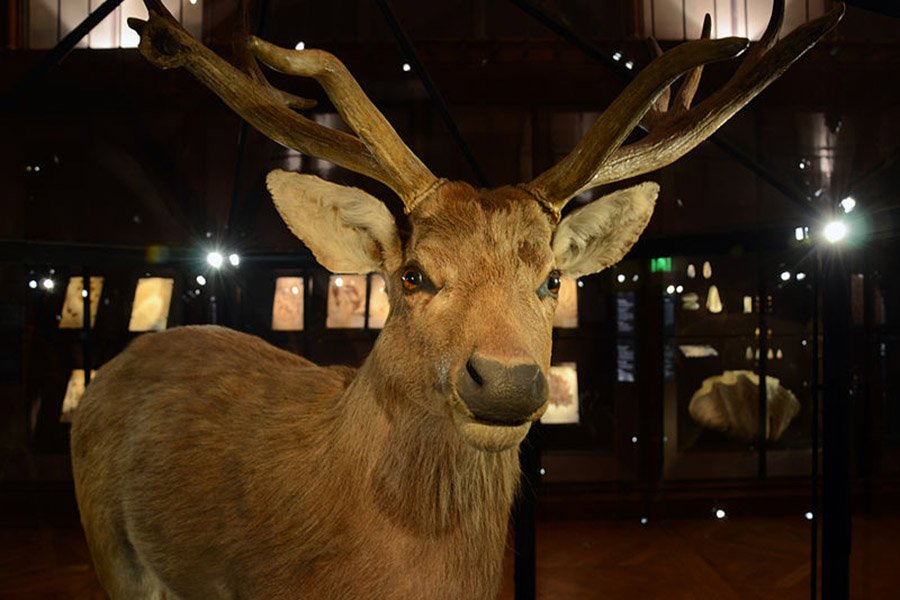
William Bartram discovered the Schomburgks Deer for the first time in Alabama in 1817 on George Frederick Schomburgk’s property hence its ‘Schomburgk’ name.
The Schomburg Deer became extinct between 1825 and 1873 due to hunting and habitat degradation. This species’ natural habitats were; Florida, Georgia, Alabama, and Louisiana, among other states.
2. Irish Elk/Giant Deer
The Irish elk, or giant deer (Megaloceros giganteus), is an extinct species known for its enormous body size and broad antlers.
Even though the species was mainly present in Eurasia, Ireland had the highest population. The Irish elk was the largest Megaloceros species, with antlers that were 4 meters (approximately 13 feet) broad.
3. Bush-antlered Deer
These big deer might not be the largest on this ranking, but their antlers are undoubtedly among the most fascinating. Up to six feet wide, its comb-like antlers could break into twelve hooks per pedicle hence the scientific name Eucladoceros dicranios.
The term Eucladoceros in Greek means well-branched antler. According to popular belief, antlers were for display purposes rather than combat because of their shape. They were likely to be found in Asia and Europe.
Frequently Asked Questions
What Is The Rarest Deer In The World?
The Bawean deer, Hyelaphus kuhlii, is the rarest species of deer and is only found on the remote Indonesian island of Bawean, off the coast of Java.
The IUCN Red List has classified this species as “Critically Endangered” since there are fewer than 250 mature animals worldwide.
How Many Deers Are In The World?
The total number of deer globally is currently estimated to be 315 million. There is an approximately 75 to 100 million deer in North America since the United States and Canada are home to about 40% of the world’s deer.
Final Thoughts
As we’ve already seen, the common threat to most deer species’ existence is man-made activities like trophy hunting and poaching, habitat degradation from global warming mainly caused by human activities, and encroachment of their wild/natural habitat by people conducting agricultural expansion.
Therefore, it’s essential for all wildlife enthusiasts, conservationists, and various government institutions where deer are present to formulate and strictly adopt/enforce conservation measures to prevent these majestic mammals from becoming extinct.

